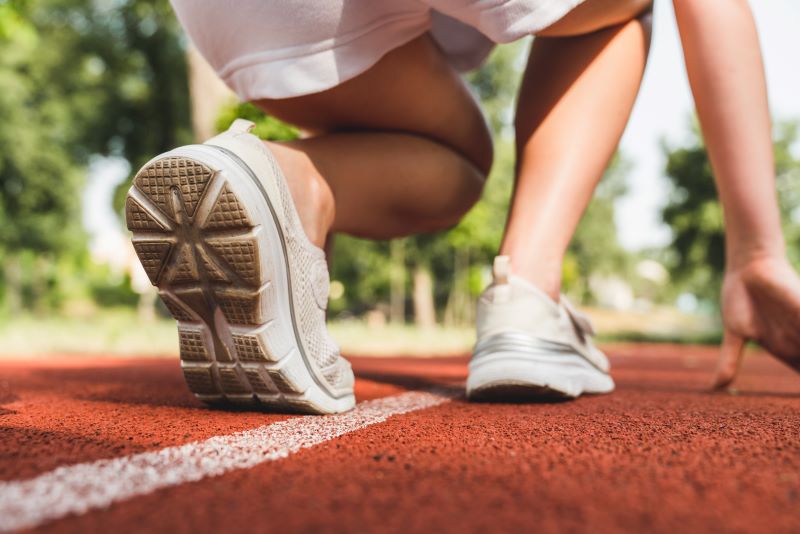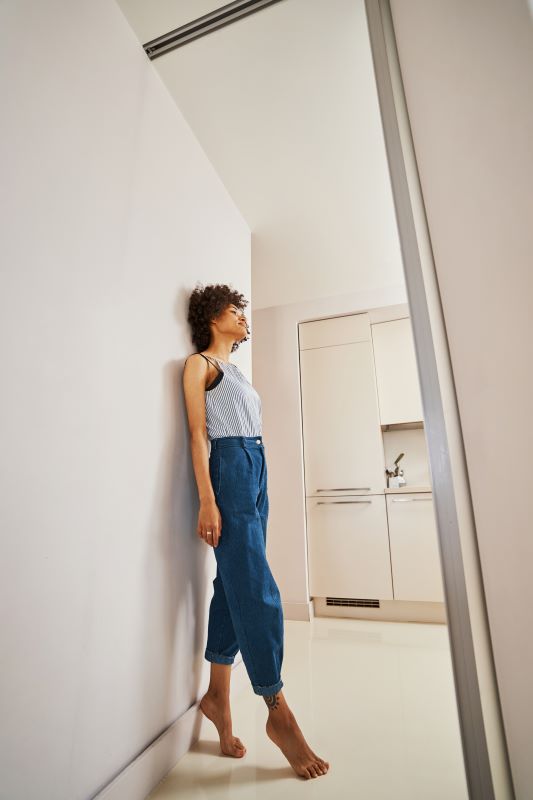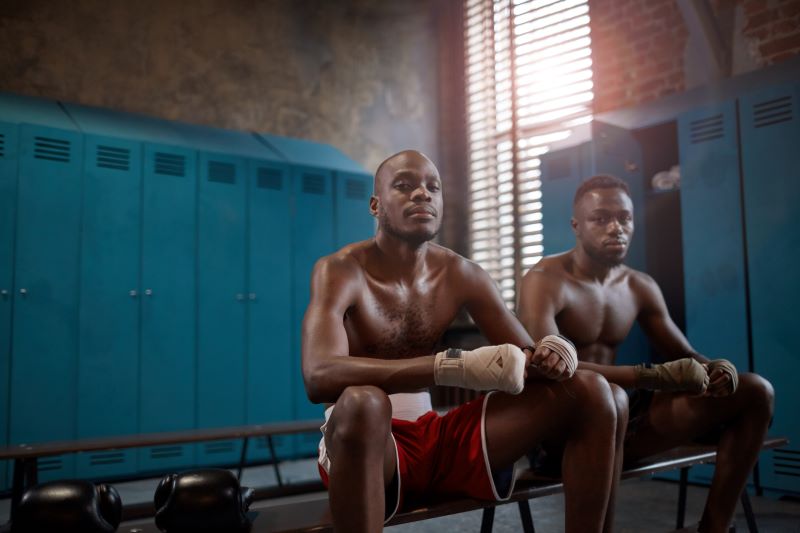Athlete’s Foot is a condition brought about by a fungal infection in your feet, often leading to itches and discomfort. Often, the condition is focused in between the toes, in particular between your ring (4th) and pinky (5th) toes. There are times when the condition is mild enough that people aren’t aware they have it. However, if you suspect or know yourself to have Athlete’s Foot, it’s important to get it treated immediately as the infection will not go away with time and will only get worse.
While Athlete’s Foot is more commonly associated with children and its namesake, it’s important to remember that anyone can get it. In fact, Athlete’s Foot might occur more frequently than you think with 3 to 15% of the population being affected, and an estimated up to 70% of people are expected to have it sometime in their lifetime. Though, people with compromised immune systems or diabetes are more susceptible to the condition. So if you have Athlete’s Foot, it’s nothing to be ashamed or embarrassed about. It’s important to get it treated and to get the right medical help if your symptoms or infection are serious.
Athlete’s Foot is also contagious. It can easily spread from one person to another, either through direct or indirect contact with an infection. This spread often happens by sharing contaminated shoes, socks, sandals, and towels. The fungi can also spread in public spaces, such as pools, gyms and fitness clubs, locker rooms, saunas, bathrooms, and any other infected surface. However, because the fungi that cause the infection also need moist and warm conditions to develop, people who walk barefoot do not necessarily get Athlete’s Foot.
 Foot Fungus
Foot Fungus
Athlete’s Foot can be caused by different types of fungi. Often these fungi are described as dermatophytes, because they live on skin, hair, and nails while being particularly fond of warm, moist areas. Sometimes, Athlete’s Foot is caused by a non-dermatophyte fungus, such as yeast.
Athlete’s Foot is contagious because fungi can infect other parts of the body, either your own or another person’s, if the conditions are right. Fungi are especially fond of warm and damp areas, so they can spread to parts of your body that fulfill these conditions, such as your armpits, your groin, and sometimes even your hands. Sometimes, Athlete’s Foot can also spread to your toenails. This infection causes complications, as nails are much more resistant to over-the-counter treatments compared to skin. When Athlete’s Foot spreads to your groin, it can develop into a condition known as jock itch. To prevent other parts of your body from becoming re-affected, you need to treat all affected parts simultaneously if there is fungal growth in different parts of your body.
A lot of Athlete’s Foot prevention methods focus on preventing or limiting the growth of fungus. These practices include:
- Wearing dry, cotton socks or socks that do not trap heat and moisture (while avoiding ones that do, such as nylon)
- Not re-wearing dirty socks
- Not wearing the same pair of shoes every day so they have some time to dry and air out
- Using powders to limit moisture
 What Does Athlete’s Foot Look Like?
What Does Athlete’s Foot Look Like?
Athlete’s Foot has its fair share of common and easy-to-spot symptoms. You can check for these symptoms in the webs of your toes, which is known to be a common localized spot for Athlete’s Foot. You can also search for symptoms along the edges of your feet and your heels.
- Dryness and peeling of skin
- Scaly or cracked skin
- Blisters
- Rash between your toes, your sole, the top or the sides of your feet
- Itching, stinging, or burning sensations in feet
- Infection of hands or toenails
- Discoloration of skin from infection; your skin may turn lighter, white, yellow, or green from the fungal growth
- Skin becoming thicker or swollen
Some more specific forms of Athlete’s Foot can have their own symptoms.
- The common toe web Athlete’s Foot often includes skin changing color, as well as some cracking, peeling, or flaking
- A Moccasin-type infection of Athlete’s Foot affects the sole of the foot, as well as the side and the heels
- A vesicular type infection of Athlete’s Foot usually affects the bottom of the feet/the sole, but it can occur anywhere. This type often has blisters.
- An ulcerative infection of Athlete’s Foot is rare, but it causes open sores between the toes and sometimes the bottom of your feet
If you notice any sign of Athlete’s Foot, it’s best to get it treated as quickly as you can! Prevention and early treatment are both great ways to help keep your feet healthy.
Athlete’s Foot Cream
Topical creams are the most common over-the-counter treatment for Athlete’s Foot. These antifungal creams are applied to the affected area(s) usually once or twice a day and often take two to four weeks to take effect. There are different Athlete’s Foot creams to choose from and they’re available at most pharmacies, on Amazon, and sometimes at stores such as Target. It’s important to continue applying Athlete’s Foot cream one to two weeks after it looks like the infection has subsided, just to be completely safe and prevent a recurrence.
For more serious cases of Athlete’s Foot, a doctor may prescribe other treatments or pills to help mitigate and eliminate the infection.
 Getting Treatment for Athlete’s Foot
Getting Treatment for Athlete’s Foot
Some cases of Athlete’s foot end up being too serious for over-the-counter medicine to properly treat or become recurring problems. If you are concerned about Athlete’s foot and it is impacting your quality of life, book a consultation today with Foot and Ankle Specialists Illinois and we’ll make sure your feet get the care they need and deserve. The sooner you get Athlete’s Foot taken care of, the better and less complicated it will be, so do not hesitate to seek medical help! We are also more than happy to answer any questions you may have about Athlete’s Foot, as some cases can be more severe than previously thought.

